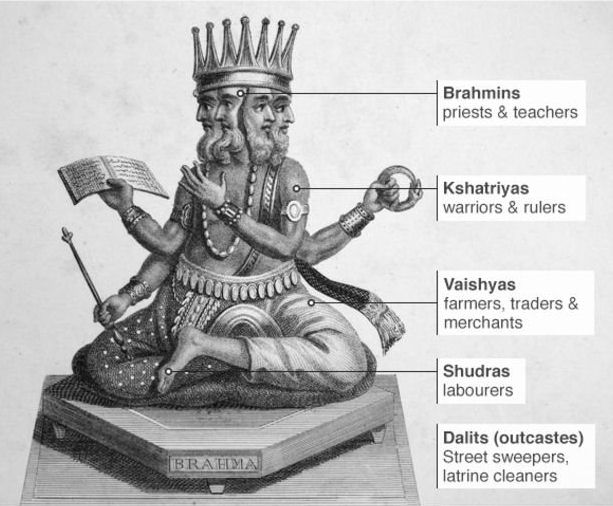 The Covid lockdown has produced the voyeuristic pleasure of viewing news analysts working from their homes where you can look over their shoulders and see what books are on their shelves. One presumes those are books these news mavens consider to be important to their work, and for me there is a secondary pleasure when a book I treasure is on one of their shelves.
The Covid lockdown has produced the voyeuristic pleasure of viewing news analysts working from their homes where you can look over their shoulders and see what books are on their shelves. One presumes those are books these news mavens consider to be important to their work, and for me there is a secondary pleasure when a book I treasure is on one of their shelves.
Of late many of those bookshelves provide a home to Isabel Wilkerson’s Caste. In this book that is so popular among news gurus Ms. Wilkerson presents a convincing theory that the race issue in the United States defines a caste system like the formal caste system found in India. The difference is that caste in India is defined by lineage, while caste in the United States is defined by skin color.
In either case caste defines societal position including privilege and punishment levels. Opportunities for schooling, work, housing, and so on are all defined by caste. The highest caste has the greatest range of privileges while the lowest has the least. In the United States, white-skinned people of European lineage are the most priv ileged while black-skinned people of African lineage are the least. The various shades of skin darkness position people in caste levels between those two.
ileged while black-skinned people of African lineage are the least. The various shades of skin darkness position people in caste levels between those two.
Ms. Wilkerson creates this very convincing thesis in the first few chapters of the book, and then proceeds to underline it with one anecdotal story after another that highlights different aspects of the privilege structure accorded to the different castes. These well-written stories are derived from her own experience, the experience of others, and even from the caste structure of her pet dogs.
There are two problems with this approach. One is the temptation for the reader slam the book down and say, “Enough already, you already said that six different ways!” The other is that although the many of the stories are pleasant to read and informative, they are not science.
Social science methodologies applicable to sociological and anthropological study exist and are respected and well known, and I was disappointed that Ms. Wilkerson did not approach her important topic at least partially in this way.
The result was that, in an unusual step for me, I put down the book about halfway through and decided to take what I had learned, use it to better understand the world I live in, and leave the rest for another day.
I have nothing to say about “Caste”, but do have comments about the home backgrounds of news analysts.
On the PBS Friday news, the new weekly commentator is Johnathan Capehart. Behind him on his left side is a yellow covered book entitled “LOT-EK O+O”. It’s an obscure (to me) design monograph.
And David Brooks always had an attractive office backdrop with many books – until last week when it became spartan. Ugh.
I noticed last night that David Brooks returned to his “library” room . . .